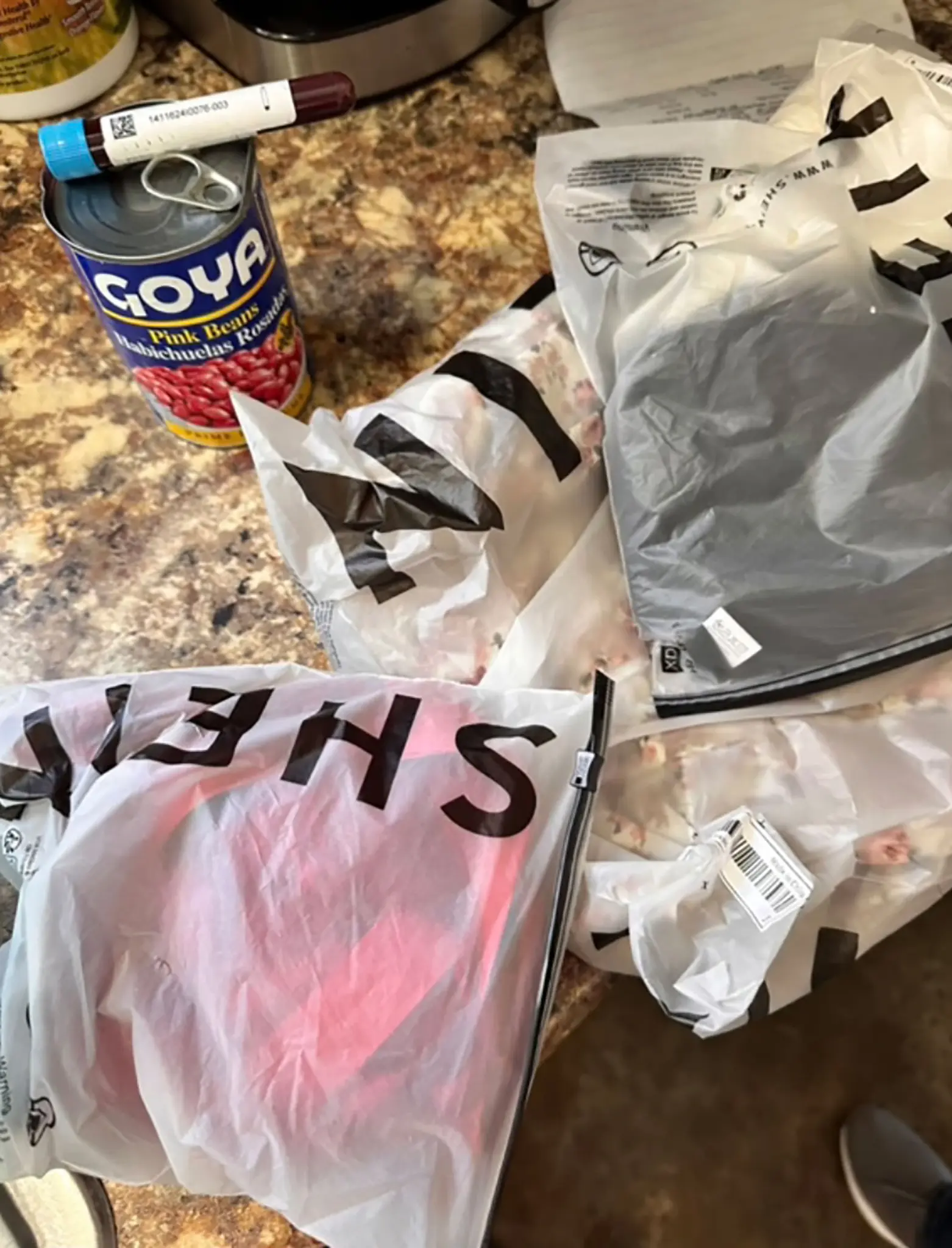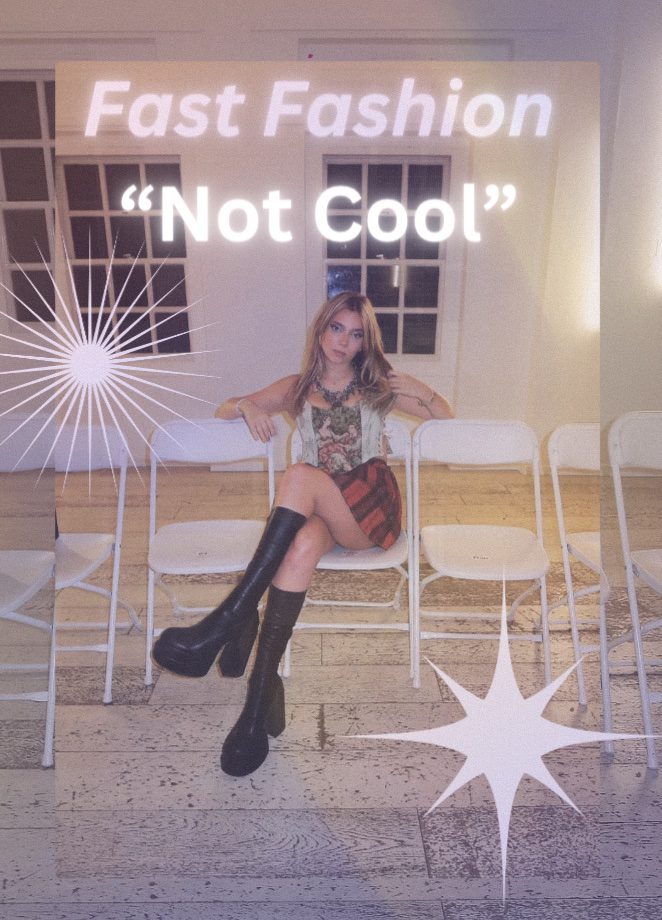Hard to believe right? We always hear about dangerous sweatshops in Bangladesh or China but you rarely heard about sweatshops in the good ol’ USA.
So you go to buy a shirt, you look at the tag to make sure you are being a responsible consumer and you see those three comforting words, Made In USA. Now you feel great about your purchase and the company who made the shirt. Thank goodness you aren’t supporting sweatshops in China or Vietnam that exploit workers, treating them unfairly, paying them low wages and forcing them to work in horrific, if not dangerous working conditions. But wait….before you take that sigh of relief, I have a question for you.
Did you know the Los Angeles and New York garment industry has been notorious for a work environment resembling the sweatshops we hear about overseas?
Yep, it’s true. LA, basically the clothing manufacturing capital in the US, and in New York City, there are what workers would describe as sweatshops. So that Made in USA tag doesn’t end up meaning a lot. I mean the working conditions here in the U.S. are likely better than in China but they are still unacceptable and using loopholes to break labor laws.

US garment workers can make just $5/hour
The last time the minimum wage in the United States was $5/hour was in 1997. Yet that’s what some garment workers in the U.S. are making today, in 2021 where we are arguing if $15/hour provides a living wage.
But in 1997, a movie ticket cost $4.59, the cost of a new home was $176,000 and the average monthly rent was $576.00. Just try to get an apartment in LA or New York for $576/month. If you find one, let me know, I’m looking for a place to live.
Why are factories in Los Angeles’s Fashion District are considered sweatshops?
The US Department of Labor defines a sweatshop as any factory that violates two or more labor laws. That could mean paying low wages, providing no benefits, forcing long working hours, and/or using children as your labor force.
Remake, a community of fashion lovers, women rights advocates, and environmentalists on a mission to change the industry’s harmful practices on people and our planet, spotlights one LA garment worker’s day.
Santa Puac works in LA in the garment industry. She works from 5 a.m. to 5 p.m., 12 hours a day, making $70 a day or $350 a week, that comes out to $5.80 an hour, well below LA’s minimum wage of $14/hour. Not to mention Puac describes the working conditions as this, “The bathrooms were dirty, there was no toilet paper in the bathrooms, we had to eat on top of the machines we were working. There is a lot of suffering. There is a lot of wage theft.”
Approximately 85% of garment workers do not earn the minimum wage and are instead paid a piece rate of between 2-6 cents per piece sewn. This is how the industry gets away with low wages. According to Remake.world, workers getting paid under the piece rate system work approximately 55 hours a week making an average of $297. For the hours worked, the legal minimum wage would have meant people like Santa Puac would have been paid $600 more
According to a report compiled in 2016 by UCLA Labor Center, the Garment Worker Center and the UCLA Labor Occupational Safety and Health found troublesome conditions after surveying more than 300 garment workers in LA. This report was spotlighted in Harper’s Bazaar.
The Findings:
- 60 percent surveyed complained the dust accumulation and excessive heat from poor ventilation made it difficult to work and even breathe.
- 42 percent surveyed said their workplace’s exit doors were regularly blocked
- 42 percent surveyed observed the presence of mice and rats at their factories.
The report also pointed out the U.S. Department of Labor discovered an 85 percent rate of wage and labor law violations at L.A. garment factories in 2016. The most frequent stores violating those labor laws were Forever 21, Ross, and TJ Maxx. According to reports, LA based brands Ross, Fashion Nova, and Charlotte Russe have also been offenders.
Solution: Garment Worker Protection Act or Senate Bill 62
The Garment Worker Protection Act (GWPA) was first introduced in 2020. It’s just been reintroduced in California with more sponsors.
During the virtual news conference introducing the 2021 updated legislation, one of the legislative sponsors, Senator Maria Elena Durazo said this:
“The Garment Worker Protection Act will safeguard legal wages and dignified working conditions for garment professionals, a level playing field for the thousands of garment manufacturers in our state, and an ethical industry here at home.”
You can read more about GWPA on Remake’s website here. In a nutshell the bill would do the following:
- Fair Pay: end of the piece pay rate system, that allows companies to pay employees well below minimum wage.
- Transparency: ensuring a transparent supply chain and establish corporate liability for labor violations.
- Accountability: Amend the Garment Worker’s Protection Fund allowing for a Garment Special Account which would compensate workers if manufacturers fail to pay wages and benefits. This account would be managed by the Labor Commissioner, who would have authority to enforce the law and penalties.
How You Can Support GWPA SB 62
Sign The Petition Supporting Senate Bill 62
Sign the Petition to hold brands accountable and build a fair future for garment workers in 7 Actions.
If you have any questions, please contact me at LexySilverstein@gmail.com.
Follow me on my socials:
Instagram: @lexysilverstein
Youtube: Lexy Silverstein
Twitter: @eLEXYfy
TikTok: @lexysilverstein
Facebook: Lexy Silverstein










